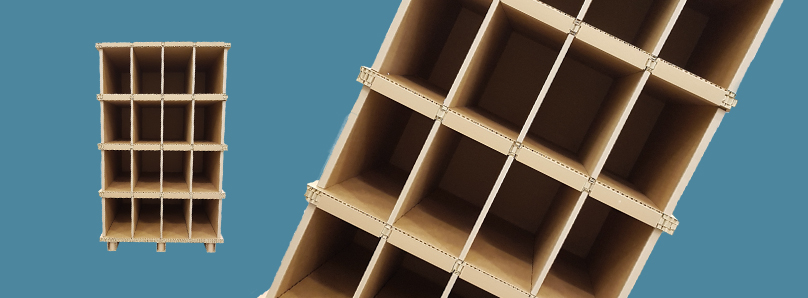Black Friday – Managing increases in order demand

This year, Black Friday falls on 26th November, so there is just over a month to get ready for the frenzied ordering it typically brings. Gone are fights over the largest TV by hordes of excited customers, at a one day in-store event. It’s now a week long omnichannel affair. This sustained increase in order demand provides a thorough test of the resilience of even the best planned packing operation. The significance of this occasion for e-retailers shouldn’t be underestimated: last year, consumers spent $9 billion online during Black Friday globally, which was a marked increase from 2019.
Widespread problems like the current supply chain issues require macro-level contingency plans. However, we want to show you that small operational changes can have big positive impacts when facing spikes in orders.
Increased order volumes might make it more difficult to get deliveries out the door quickly; so here are some tips to keep up with demand:

Organise workstations
Start on the floor and examine the issues your packers face at their workstation. How can you optimise performance for increases in order demand? The packer needs the most frequently used equipment within easy reach for a start, so organise the pack benches accordingly. Another change worth trying is to use longer rolls of packaging material to make change overs (and stops) less frequent. Temporary pick bins can help to offer short term solutions for increased SKUs, providing close range efficiency and maximising space.
Additionally, help staff by updating posters with packing guidelines or give training sessions before the peak period begins. These reminders this will help keep up effective behaviours for a smooth packing process (in and out of peak!).

Consider complications
Determine if there are any manual obstacles during the packing operation that could cause complications or delays. For example, you could change over to a crash-lock base box instead of using a die-cut box. This style ‘pops’ easily into shape, making it quick and simple to erect and pack for peak periods. Or perhaps consider the use of a shadow board, which can be customised to match your range of products. This will give the operator a quick indicator of the most appropriate pack for shipment.
Another suggestion is changing over to void-fill dispensers or hoppers. Dispensers can give you the exact amount of material needed each time (this also helps reduce waste). On the other hand, a hopper can be prefilled with airbags, ensuring a constant stream of them at the packing bench.

What about automation?
Take advantage of machinery by implementing automation into your packing processes. Protective automation, such as air cushioning systems, can inflate on demand, which helps to maximise space.
An electronic paper tape dispenser moistens, cuts, and delivers pre-programmed lengths of tape. This is perfect for fast but consistent packaging; as it uses water-activated paper tape, it has a strong adhesion to the box. It is also 100% recyclable (Sounds like a win-win to us!).
For longer term consideration, think about large scale, box automation which can lid, seal, and label repeatedly to significantly speeds up the packing process and reduces the number of operator touches.
If you would like some personalised advice on your packing operation, please do not hesitate to contact us by clicking below.

